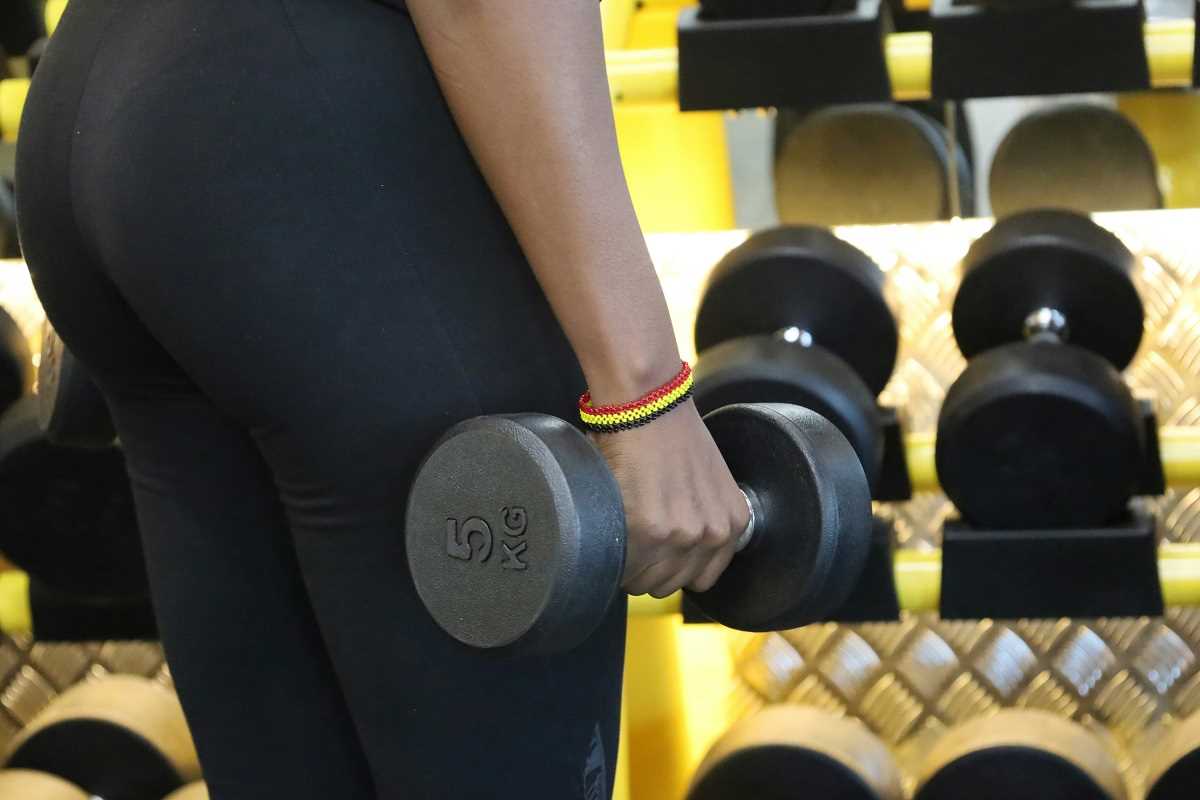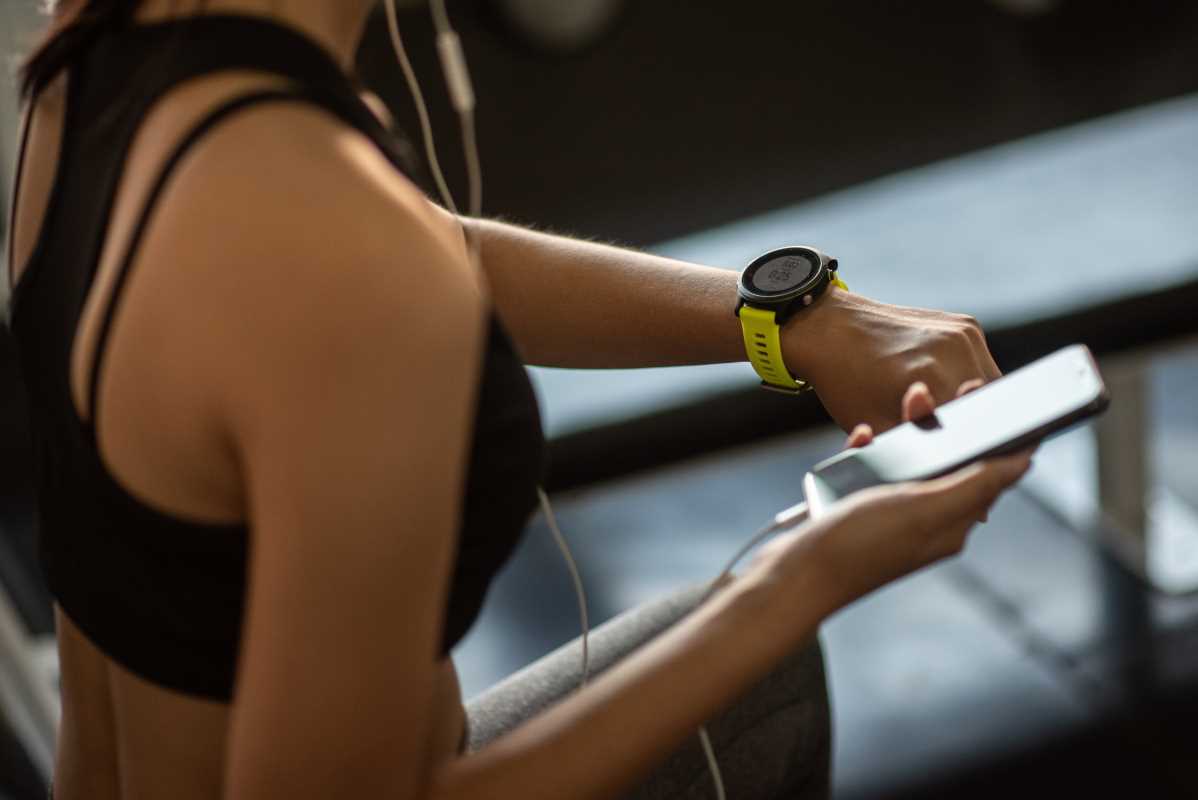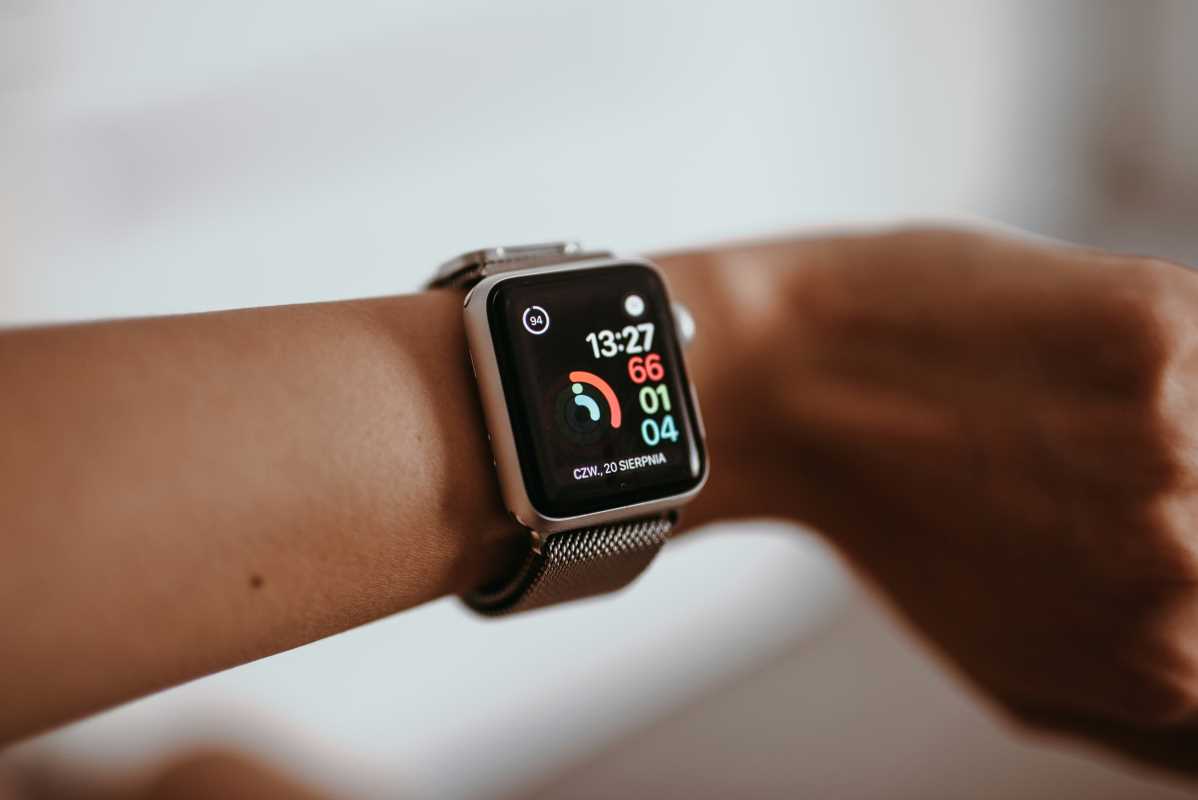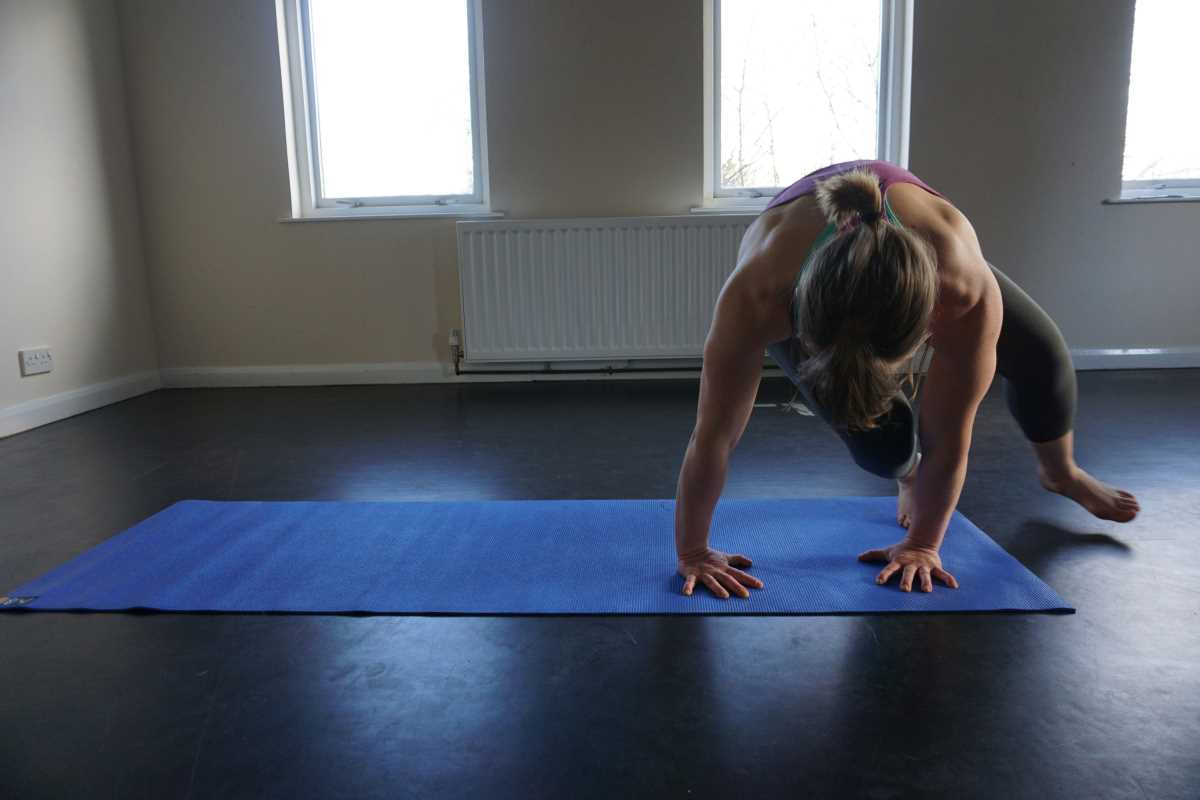Every heartbeat, stride, and breath tells a story about your body’s performance and needs. By collecting and using this data, you can tailor your training plan to match your unique rhythm. This approach moves beyond generic advice and focuses on the signals that matter most to you, guiding each mile you run and every push of the pedals. With your own physiological information at the center, each workout and recovery period becomes an opportunity to improve with remarkable accuracy. Let your body’s feedback shape your progress, turning every effort into meaningful results that reflect your individual journey.
Instead of broad strokes, you learn how subtle shifts in your oxygen saturation or cadence variability can uncover hidden inefficiencies. This approach raises your training from guesswork to an evolving, data-driven dialogue that grows as you do.
Discover Hidden Patterns in Wearable Data
Wearables log more than just pulse and pace—they record subtle trends that rarely appear in standard training logs. By tracking metrics like heart rate variability during cooldowns or micro–pauses in your cadence, you can identify lingering fatigue or inefficiencies before they lead to stagnation or overtraining. You learn to recognize when your breathing becomes needlessly shallow or when a slight drift in stride length reduces your economy over long distances.
This Value Block highlights three fresh angles: the rhythm shifts that indicate neuromuscular fatigue, micro-recovery dips that show when you need an active rest day, and tiny cadence fluctuations that point to biomechanical inefficiencies. Focusing on these subtle signals turns raw numbers into practical cues, allowing you to adjust your form and effort level in real time.
Use Wearable Data with Practical Steps
- Stride Rhythm Analysis (Goal: detect neuromuscular fatigue)
- Steps:
- Record baseline cadence during a rested run.
- Track cadence across workout segments.
- Flag sustained drops >2 strides per minute.
- Log dips in your training journal.
- Cost/Metric: most GPS watches show cadence free; apps may charge.
- Insider tip: test cadence on flat loops to isolate form changes.
- Steps:
- Oxygen Saturation Monitoring (Goal: ensure cellular recovery)
- Steps:
- Use a pulse oximeter during cooldown.
- Chart SpO₂ readings every minute.
- Watch for plateaus below resting baseline.
- Adjust cooldown drills or add breathing work until saturation rises.
- Cost/Metric: entry-level sensors <$60; readings update every 2 seconds.
- Insider tip: measure indoors to avoid ambient light interference.
- Steps:
- Micro-Pause Detection (Goal: catch hidden rest patterns)
- Steps:
- Enable micro-pause alerts on your wearable.
- Review flagged intervals post-session.
- Cross-check pauses against hill or speed segments.
- Add mobility drills if pauses increase.
- Cost/Metric: free on some sports watches; others need firmware updates.
- Insider tip: pair with a chest strap for higher accuracy.
- Steps:
- Hydration Variability Check (Goal: match intake to sweat rate)
- Steps:
- Calibrate by weighing before/after a session.
- Track skin conductivity mid-session.
- Spot rapid jumps signaling increased sweat loss.
- Adjust fluids or electrolytes if >5% above baseline.
- Cost/Metric: ~$30 for conductivity wrist modules; updates every 5 minutes.
- Insider tip: test in cooler weather to separate dehydration from heat stress.
- Steps:
- Recovery Heart Rate Decline Monitoring (Goal: assess parasympathetic rebound)
- Steps:
- Record HR immediately after stopping.
- Note HR every 15 seconds for 2 minutes.
- Measure slope of decline.
- Flag shallow slopes as signs for active recovery.
- Cost/Metric: standard chest straps or wrist sensors suffice.
- Insider tip: compare slopes after easy vs. hard runs to detect fatigue.
- Steps:
Combine these recommendations with the metrics above to develop a training routine that evolves as you do.
View raw signals as guides, not just numbers, to shape your workouts. Apply these methods and notice how small data changes can drive greater progress.
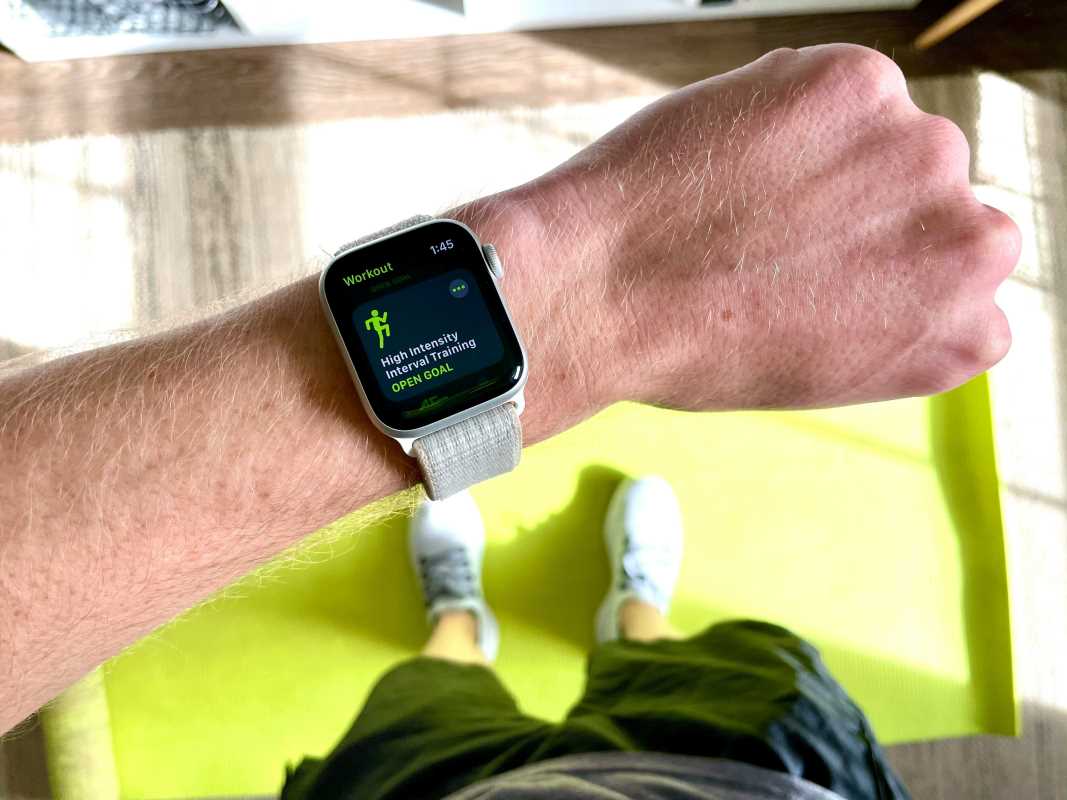 (Image via
(Image via